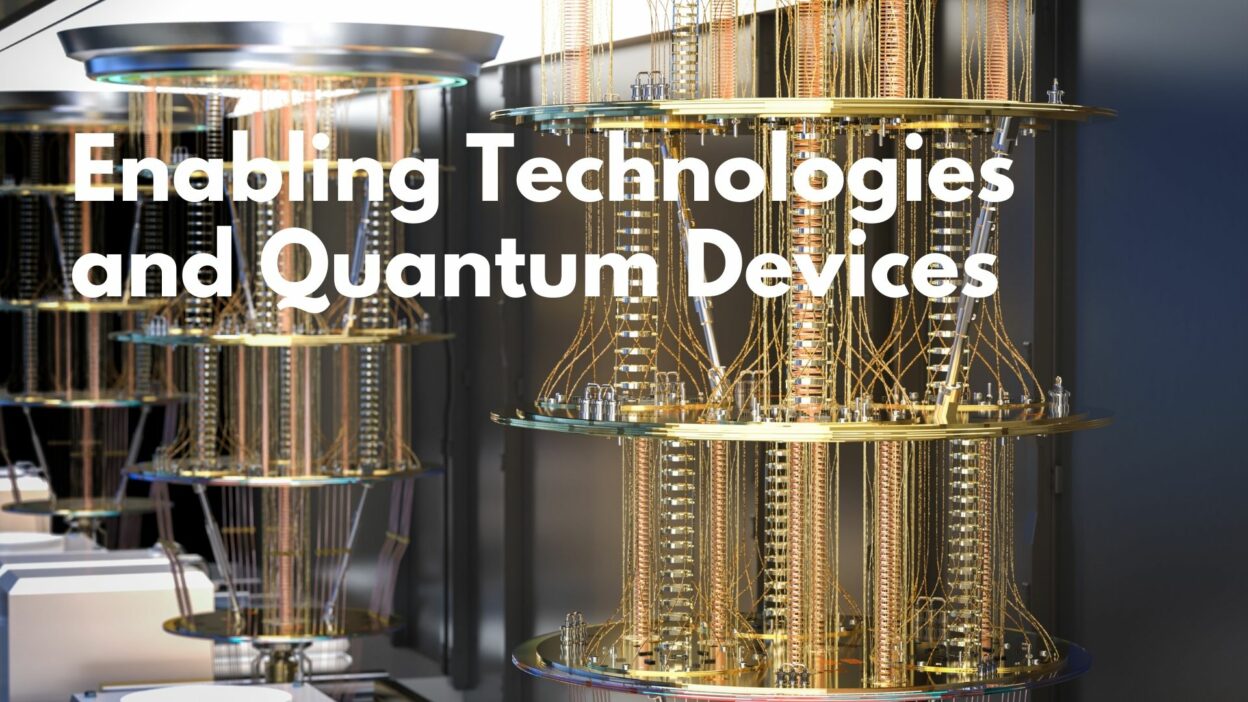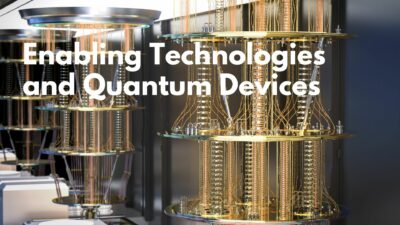The article discusses the potential of electron-spin torque for switching future magnetic memory elements, which could offer higher speed, greater reliability, lower power consumption, and better scalability compared to current methods. This technology could also be compatible with cryogenic temperatures, making it suitable for use in quantum computation technologies.
The Spin Electronics Group at NIST is investigating the relationship between spin, thermal transport, and interfacial structure in devices and across interfaces. They are developing novel high-frequency and optical measurement techniques, along with comprehensive materials characterization and development, to advance this research.
Source: https://www.nist.gov/pml/applied-physics-division/spin-electronics
Keywords: spin, memory, quantum computation, electronics, spin angular momentum


